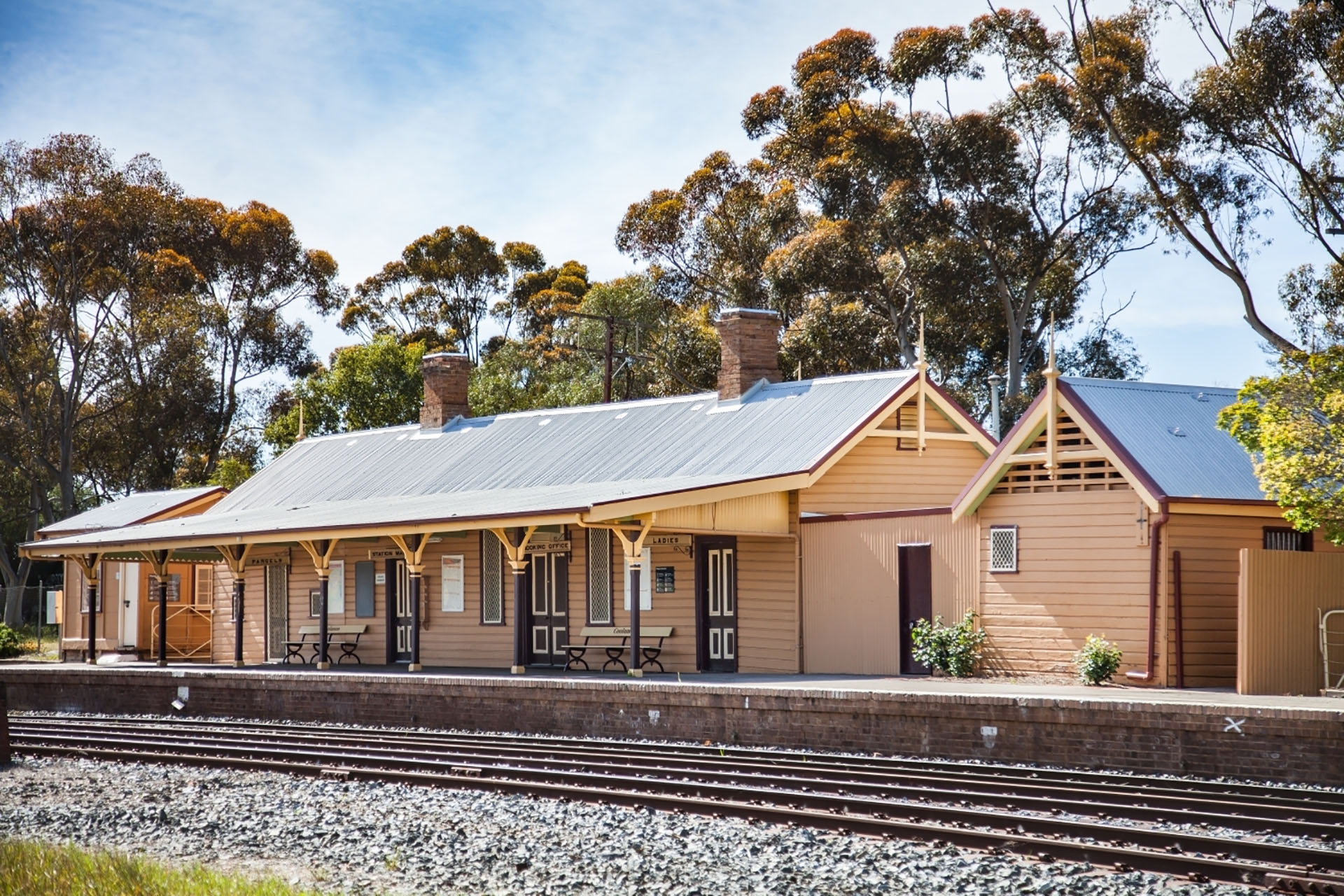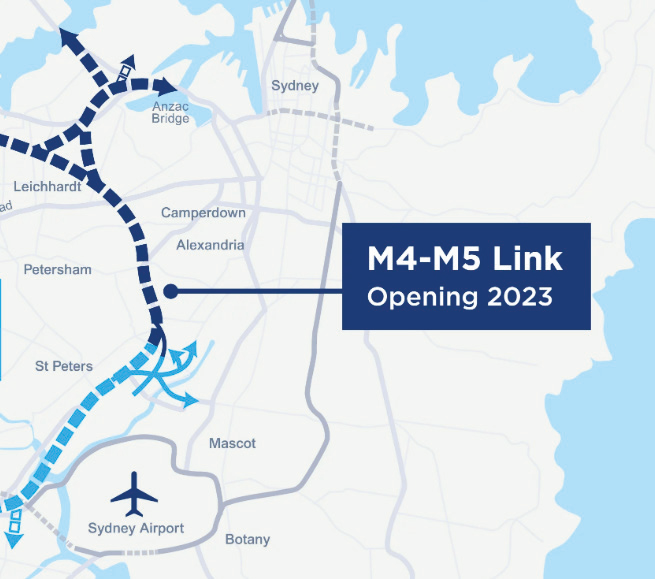In G Capital Corporation Pty Ltd v Roads and Maritime Services [2019] NSWCA 234, the Roads and Maritimes Services (the Acquiring Authority) acquired the properties of the G Capital Corporation (the Applicants) for the WestConnex M4/M5 project.

The Valuer General determined the market value of the three properties at $33.1 million. The Applicants objected to this amount and argued that they were entitled to further compensation for loss attributable to disturbance.
In determining whether the Applicants were entitled to compensation for disturbance, the Court considered whether there was an ‘actual use of land’ and whether the calculation of compensation should have been confined to disturbance losses.
The Court noted that a relevant consideration for whether the Applicants were entitled to compensation for disturbance was whether there was an actual use of land. At first instance, the primary judge had held that there was no actual use of land. The Applicants argued that there was actual use of land by way of:
- Leasing and receiving rental income.
- Holding the land pending any investment opportunities.
- Spending money on the land.
- Employing staff to inspect and go onto land for maintenance purposes as part of leasehold responsibilities to tenants.
- Possessing rights to access and responsibilities for the state of common areas and building maintenance.
- Posessed rights and obligations under contract of the sale of properties pending settlement in June 2018.
The Court held that the ‘actual use’ of the acquired property must be in reference to use(s) that were present at the time of the acquisition rather than proposed future or potential use.
The Court pointed to a variety of cases where there was an actual use of land even where there was no real presence on the land including where disturbance was granted for use of land where it was used as serene surroundings for hospital patients, use to reduce noise and provide privacy, use as grazing lands and even where land held for the purpose of development by way of residential subdivision where that land was necessary for the continuation of that particular business.
The Court held that uses of the land claimed by the Applicants described an actual use or enjoyment of the land. Indeed, the Applicants did not identify any business activity for which the holding of the land formed part of. Accordingly the Court held that the Applicants were not entitled to compensation for loss attributable to disturbance.
Gary Newton
Partner, HWL Ebsworth Lawyers





